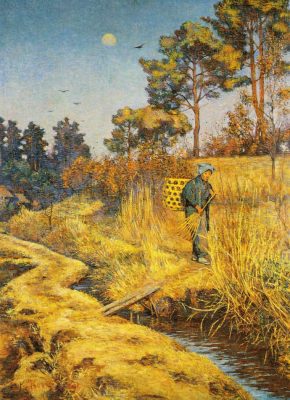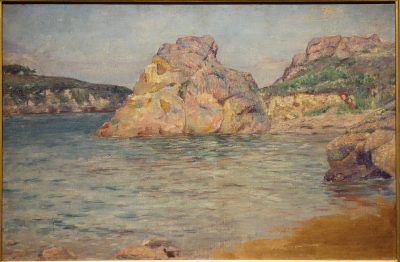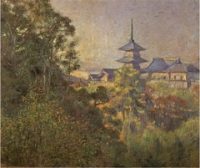Art of Japan: Esteemed family background of Kume Keiichirō
Lee Jay Walker
Modern Tokyo Times

The Japanese artist Kume Keiichirō (1866-1934) belongs to the Meiji, Taisho, and Showa periods of history in the land of the rising sun. In truth, Keiichirō avoided the convulsions that impacted on many during such momentous changes during the Meiji Restoration. This is based on his father Kume Kunitake (1839-1931) being a firmly established historian.
Indeed, Kunitake was part of the elites who participated fully in the famous Iwakura Tomomi mission that took place in 1871-1873. The Iwakura mission was focused on learning from Europe and the United States in important areas. This notably applies to focusing heavily on modern industry, institutions of education, political systems, and areas related to the military. At the same time, the mission focused on overcoming unequal treaties and establishing the new reality of the Meiji Restoration that began in 1868.

The world opened by the Iwakura mission impacted greatly on Kunitake. After all, the development stages of various European nations and the United States paved the way for the emerging nation of Japan. This was based on focusing on positive aspects of the various nations that were visited during the Iwakura mission. Hence, Kunitake wrote extensively about the trip, in order to help Japan to catch up internationally while modernizing at home.
Not surprisingly, Keiichirō benefitted greatly from his distinguished father. Hence, the convulsions that caused chaos, hope, despair, anger, and vigor, to other fellow nationals, did not belong to Keiichirō. Instead, stability and opportunities flowed naturally based on the doors opened by Kunitake despite his father gaining displeasure in 1892. This displeasure was based on seditious writing in relation to State Shinto that was deemed outmoded by Kunitake.

Ironically, Keiichirō returned to Japan one year later in 1893 after studying under Raphael Collin in Paris. It is known that his time in Barcelona, Île-de-Bréhat, and Paris enriched him greatly – with Paris being a powerful artistic city for many Japanese artists during this period of Japanese history. In time, Keiichirō and Kuroda Seiki would firmly establish the potent beauty of Impressionism to the people and institutions of Japan. This in itself is worthy and a rich legacy for Keiichirō – hence, for different reasons, both father and son impacted greatly on society even if the areas were of lesser or higher importance.

Modern Tokyo News is part of the Modern Tokyo Times group
DONATIONS to SUPPORT MODERN TOKYO TIMES – please pay PayPal and DONATE to sawakoart@gmail.com
http://moderntokyotimes.com Modern Tokyo Times – International News and Japan News
http://sawakoart.com – Sawako Utsumi personal website and Modern Tokyo Times artist
https://moderntokyonews.com Modern Tokyo News – Tokyo News and International News
http://global-security-news.com Global Security News – Geopolitics and Terrorism
PLEASE JOIN ON TWITTER
https://twitter.com/MTT_News Modern Tokyo Times
PLEASE JOIN ON FACEBOOK